Yep, that’s right…Avalanches. What does that mean? It means not just one. Plural, more than one. While multiple slides can happen at once, that’s not what is being discussed for avalanche problems. I’m talking about the type. There are three to be exact. Each has different characteristics, with unique potential consequences for backcountry travelers. At an avalanche course they really go into detail regarding this. As we’ve said in our past Back To School series these articles are meant as a way to introduce you to the knowledge you’ll learn in these classes which will lead to better decisions and safer travel techniques.
What Are The Different Avalanche Problems?
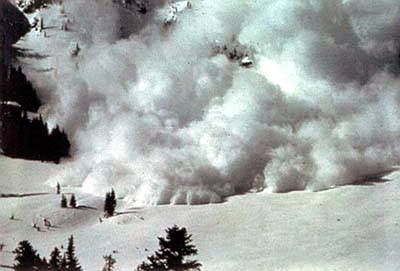
Okay enough with the suspense. The three different types of avalanches are:
- Loose snow
- Slab
- Cornice
While there is only a single type of cornice avalanche the other two types have multiple characteristics, which cause them to occur for a number of different reasons. The AIARE handbook discusses this, plus it defines the classification system used to identify the size and destructive potential.
Basic Avalanche Terms
Before looking at the three types of avalanches and the avalanche problems associated with each one. There are a few basic terms that need to be covered:
- The Point: This is the spot on where an avalanche starts
- Bed Surface: The disturbed snow left behind after a slide
- Deposit: The debris at the bottom of avalanche
Loose Snow Avalanches
Let’s first look at “Loose Snow Avalanches” AIARE states the cause for this type is simply due to unconsolidated surface snow. Usually, it starts at a point and gathers mass and speed as it flow down the slope. When out in the field it’s easy to identify because they are “fan shaped.” Common terms used to describe them are point release or sluffs. While these are the easiest to predict, they are still dangerous.
Loose Dry

Expect to see sluffs such as these in fresh snow during or directly after a storm on steep slopes. They are smaller and less destructive than slab avalanches. These types become dangerous when riding in hazardous terrain. Often the problem arises when backcountry travelers find themselves in a “terrain trap.” This typically refers to places like the area above a cliff, near water or in a confined area such as a chute where snow can pile up.
Loose Wet

The sun and moisture or both can cause surface snow to warm to 32°F/ 0°C and result in a “Loose Wet” slide. This causes a loss of cohesion, which triggers the point release. When one of these lets go it’s often a slushy, cement like flow which is hard to escape. This results in dense debris piles that can trap or bury a rider and leave very few options for survival.
Slab Avalanches
The next type of avalanche is the one normally seen in Hollywood movie clips. Slabs start as a bonded, cohesive unit of snow. It fractures and separates from the surrounding snow. Typically, they break into smaller chunks almost as soon as it begins down the slope. When a slab is triggered the wall that is left behind is called the crown. The sides are the flanks and the bottom of the slab is the staunchwall. As with loose snow avalanches there is also a bed surface and a debris pile. Slab avalanches have some sort of angular shape, the crown runs horizontal to the slope while the flanks run parallel to it. Most deaths occur in slab avalanches. The first few moments when the slab is gliding is the best opportunity to escape. Once it gains speed and the blocks break up the chances of getting away from it decrease exponentially. This type of avalanche, contains five different categories:
Wind Slab
When freshly fallen or loose snow is transported from the windward side of the slope to the lee slope this type of slide can occur. Commonly, these are found below ridges, cornices and convexities. A convexity is when you are at the top of a pitch and you cannot see the bottom as it rolls away from you. Often “Wind Slabs” happen due to overloading of new snow or wind deposits during or right after a storm.
Storm Slab
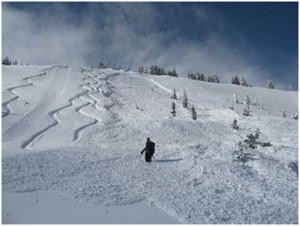
Deposits of significant loads can form soft slabs. As the snow builds stronger layers it piles up on weaker layers. When this is the case and the new snow bonds poorly with the old snow, “Storm Slabs” can occur. Before heading out it’s important to know what’s going on with the snow. This type of avalanche is more prone to happen when a weaker layer of snow exists under a stronger layer.
Wet Slab
“Wet Slabs” take place during prolonged warming events. Sun or rain can cause the snowpack to warm, and the added moisture affects the underlying weak layer. Timing plays a critical role in these types of avalanches. Slopes exposed to sun can heat up and cause certain aspects to slide earlier in the day. Rain affects all aspects, but the outcome is the same.
Persistent Slab
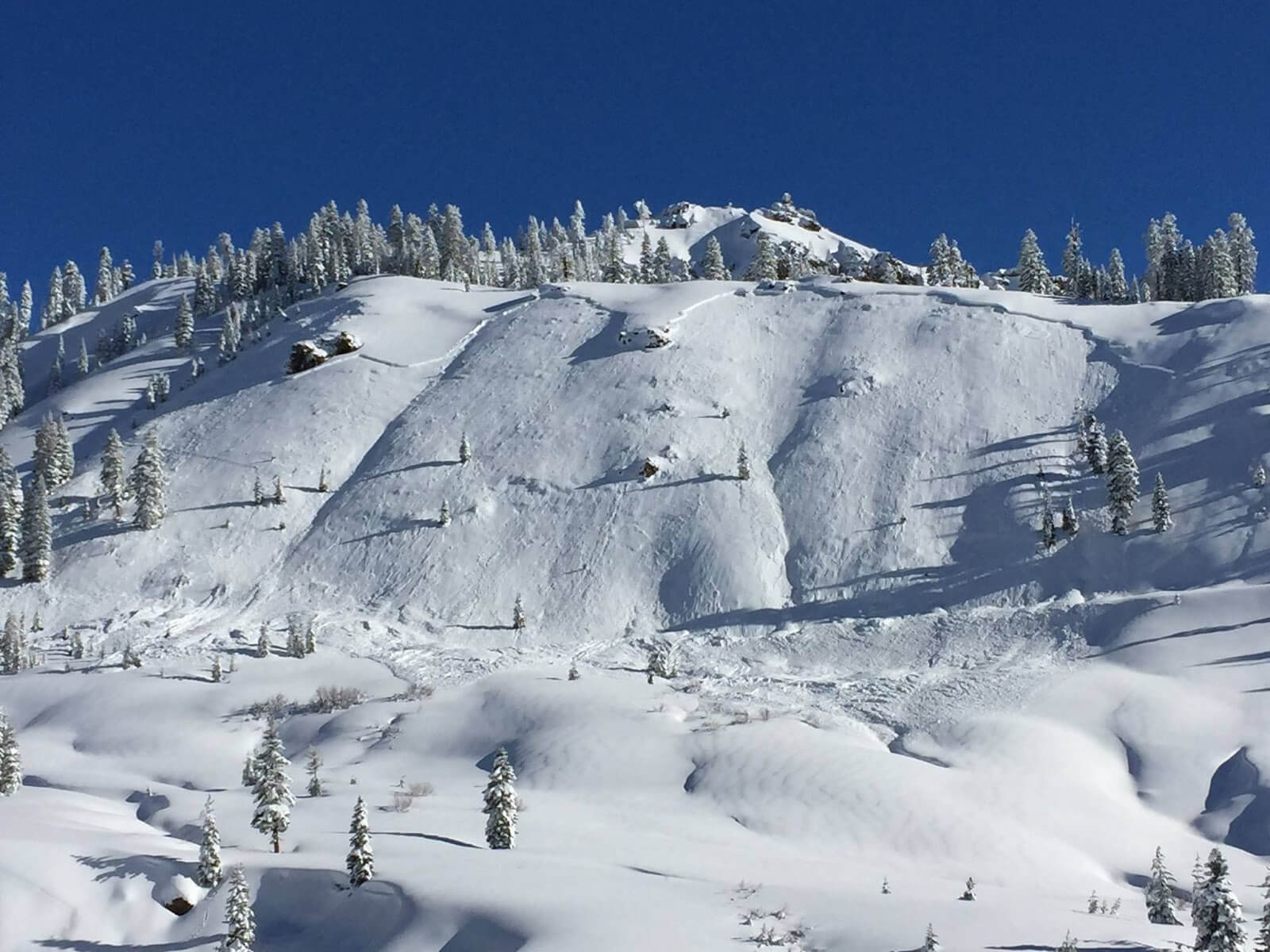
These can be soft or hard slabs overlying a reactive weak layer made up of surface hoar, facets or depth hoar. “Persistent Slabs” are the most difficult category of avalanches to manage and predict. They happen even when no signs of natural avalanches exist. “Persistent Slabs” last through initial storm cycles and continue to grow and become larger and more destructive over time. In order to avoid this category of avalanche pay close attention to the snowpack and read the bulletin for where you are traveling.
Deep Slab

Thick, hard slabs on a deep weak layer are known as a “Deep Slab” avalanche. Ski triggering deeper than 3 feet is rare, but can happen. These can also be remotely triggered if a weak persistent grain type exists. Deep Slabs are big. They normally propagate across the whole slope, run the full path and can involve thousands of tons of snow. Being caught in a slide of this magnitude would almost certainly result in death.
Cornices
The last of the avalanche problems we’re going to discuss are Cornices. They’re overhanging snow structures that form from wind drifting across the ridge is called a “Cornice.” Fragments of snow collide forming even sized grains that bond together quickly. They can look like a small wind lip or it can have an overhang of up to 30 feet! When they fail they can fracture all the way back to the ridge. Overloading causes this type of avalanche. Sometimes this is from snow and others it’s triggered. Skiers and riders are advised to avoid cornices. If a cornice falls it can trigger a slab avalanche or take the person over the cliffs below.
This is just a brief overview of what types of avalanches exist and how they are caused. For more information about backcountry skiing and splitboarding take an in depth look at our home page:
Knowing how avalanches are formed, where the different types are located and how they’re triggered can mean the difference between an enjoyable backcountry experience and disaster. If you’re already venturing out into the backcountry we encourage you to get your certification at an AIARE certified class close near you to learn more about avalanche problems.






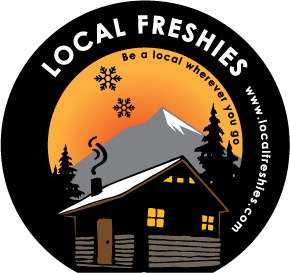
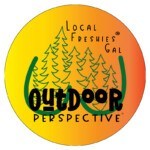
2 thoughts on “Back to School…The Big 3 Avalanche Problems You Need To Worry About”